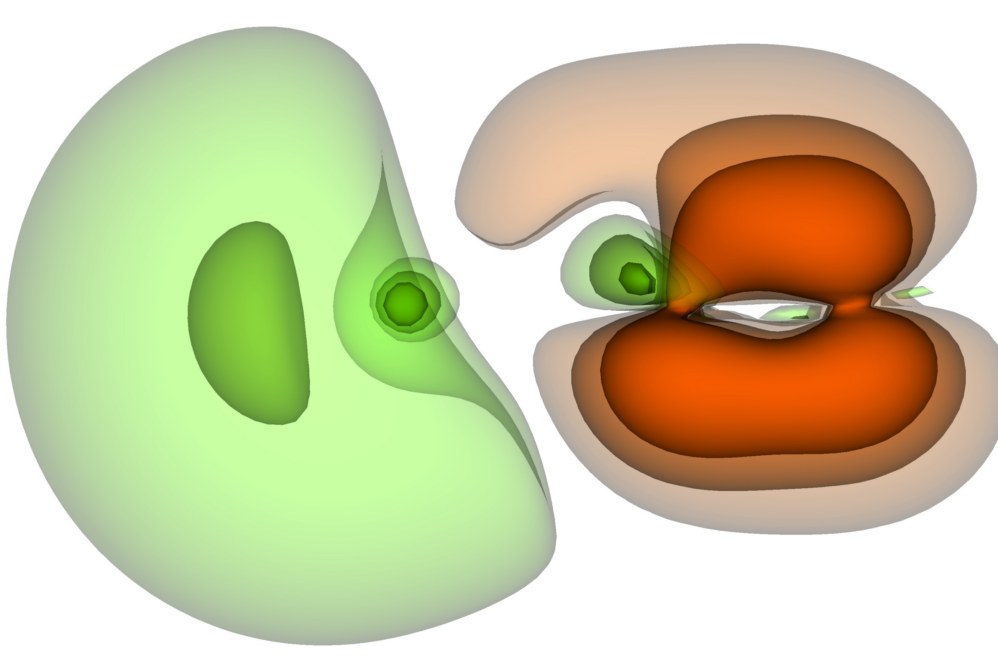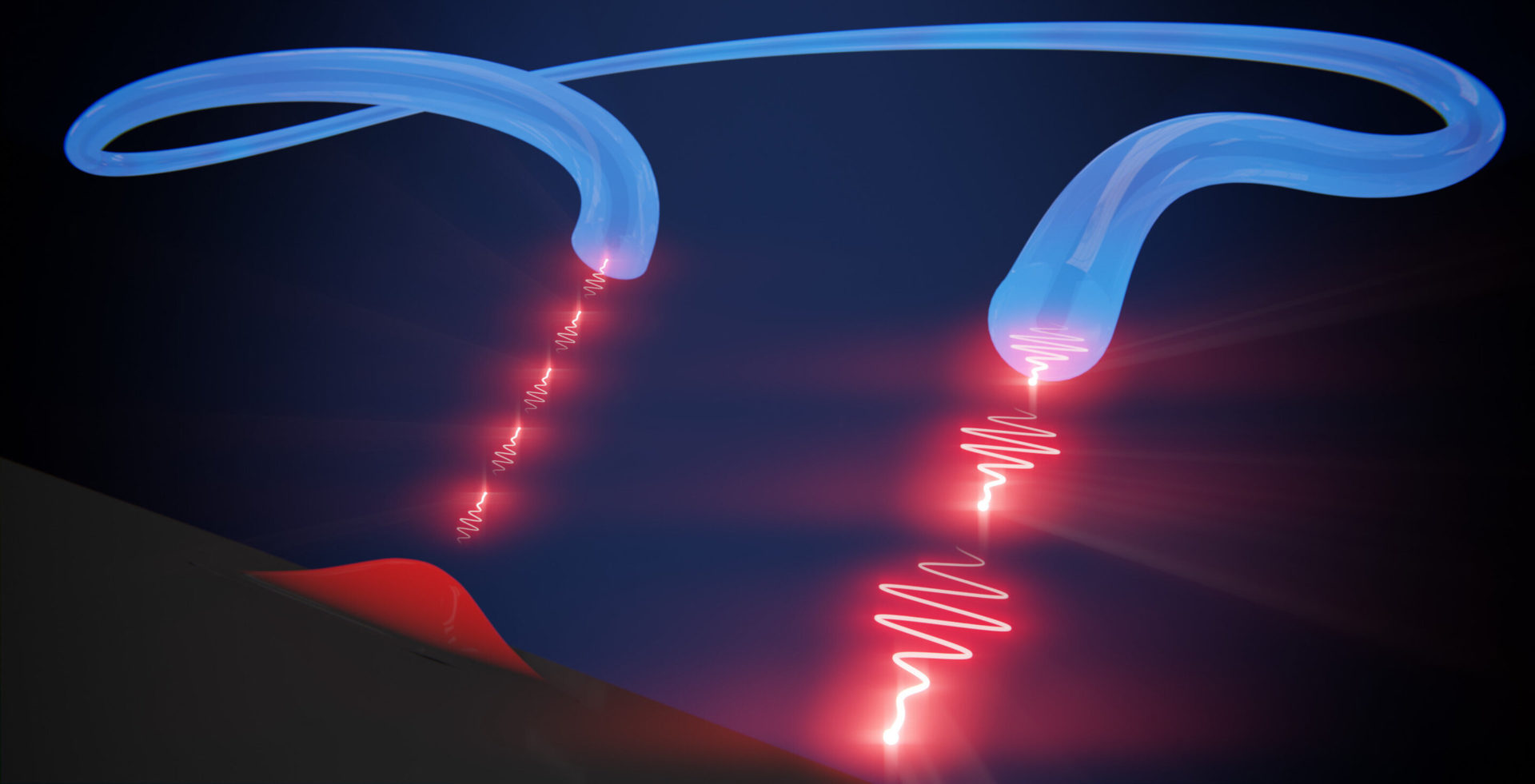Scientists at HZB have successfully adapted quantum computer algorithms to calculate electron behavior in molecules, particularly after laser excitation, despite limited access to actual quantum computers. This breakthrough demonstrates that quantum computing algorithms can be effectively run on conventional servers that simulate quantum computers.
The research team, led by Annika Bande and including doctoral student Fabian Langkabel, repurposed quantum algorithms originally developed for different applications to analyze molecular electron densities and their dynamic changes following light pulse stimulation. They developed and tested their algorithm on a classical server simulating a ten-qubit quantum computer, focusing on smaller molecules to enable comparison with traditional computational methods.
A key advantage of their quantum algorithmic approach lies in its scalability. While conventional computational methods experience exponential increases in processing time with each additional atom in a molecule, quantum algorithms maintain relatively stable computation times regardless of molecular size. This efficiency makes them particularly promising for analyzing larger molecules that are currently impossible to study with conventional methods.
The practical applications of this research are significant and diverse. The method enables high-resolution simulation of ultrafast decay processes, which is crucial for developing quantum computers using quantum dots. It also allows scientists to predict how molecules will behave during light absorption and subsequent electrical charge transfer. These capabilities could accelerate advancements in several fields, including the development of photocatalysts for green hydrogen production using sunlight and the understanding of light-sensitive receptor molecules in the human eye.
The research is especially noteworthy because it demonstrates that meaningful progress in quantum computing applications can be achieved even before widespread access to quantum computers becomes available. By running quantum algorithms on simulated quantum computers, scientists can develop and refine their methods while waiting for quantum computing technology to mature. This approach bridges the gap between current technological limitations and the future potential of quantum computing in molecular research.
Reference: Fabian Langkabel, Annika Bande. Quantum-Compute Algorithm for Exact Laser-Driven Electron Dynamics in Molecules. Journal of Chemical Theory and Computation, 2022; DOI: 10.1021/acs.jctc.2c00878



